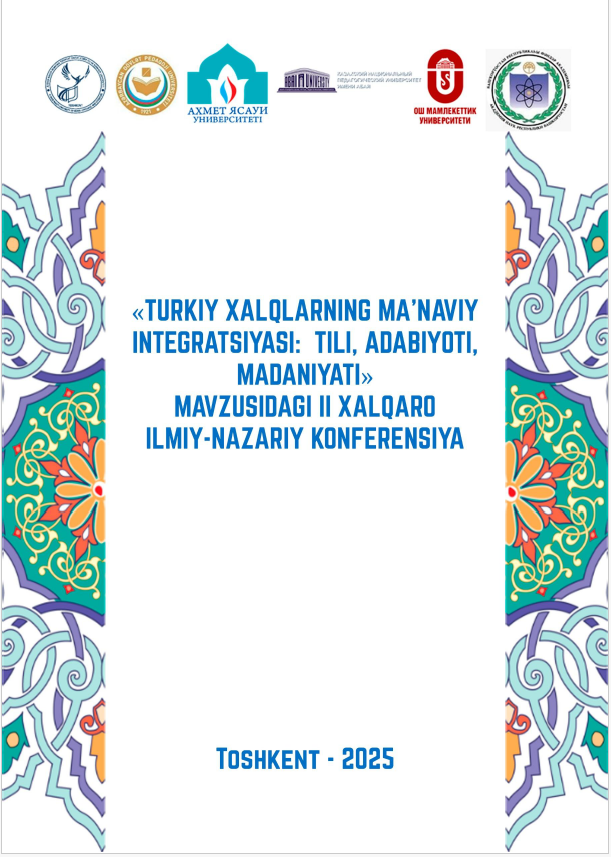DEVELOPING SPELLING LITERACY THROUGH THE ASSOCIATIVE METHOD
Keywords:
Associative method, orthographic literacy, teaching methods, psychological foundations, pedagogical approach, interactive technologies, memory and thinking, educational process, online platforms, mobile applicationsAbstract
This article examines the role of the associative method in developing students' orthographic literacy, its psychological-pedagogical foundations, and practical applications. The process of creating associations between words, images, and events helps strengthen orthographic skills in students' written speech. The methodological foundations are based on the ideas of scholars such as John Locke, D. Hume, I.P. Pavlov, and L.S. Vygotsky. The article also presents methodological recommendations based on the educational views of Richards, Rodgers, and Brown. It includes effective assignments for orthographic exercises based on the associative method and ideas for its integration with interactive technologies. The experimental results show that this approach is useful for developing students independent thinking, memory, and attention. In conclusion, the associative approach is recognized as one of the important methods for a creative and individual approach to teaching orthography

